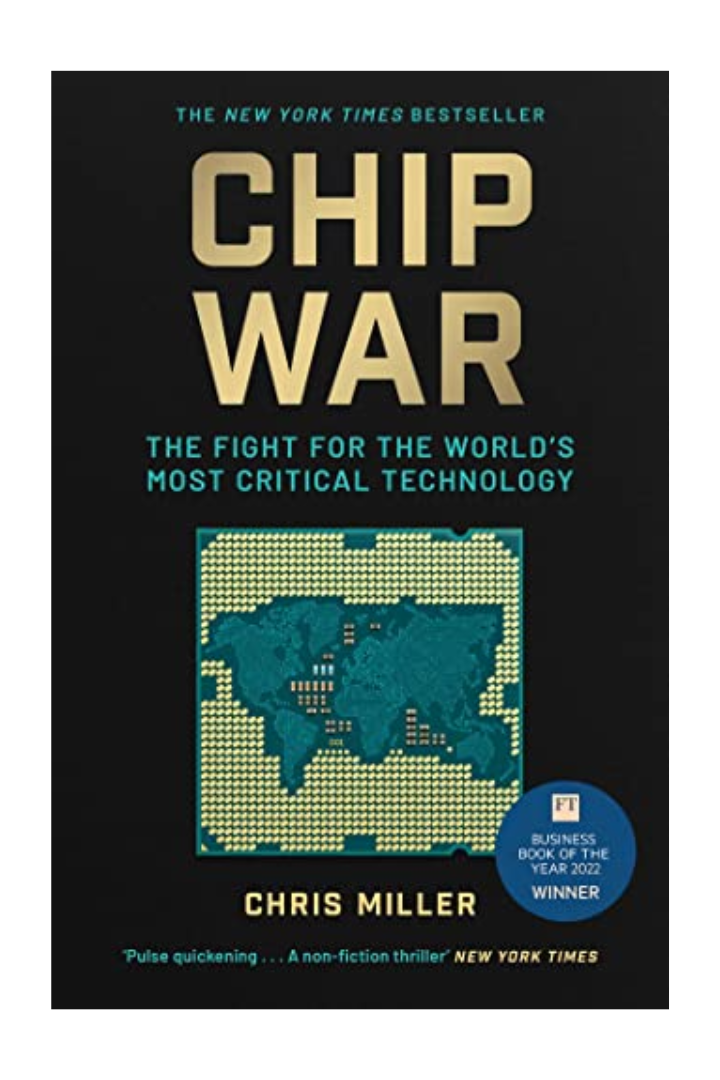Summary
Chip War by Chris Miller explores the global battle for semiconductor dominance, tracing how microchips became the world’s most critical technology. It reveals the rise of Silicon Valley, Asia’s manufacturing powerhouses and U.S.-China tensions over chip control—showing how mastery of chip production shapes economies, military power and geopolitical influence.
Ratings
Quote
World War II was decided by steel and aluminum, and followed shortly thereafter by the Cold War, which was defined by atomic weapons. The rivalry between the United States and China may well be determined by computing power.
Learnings
- Semiconductors Are the Core of Modern Power: Chips are not just economic tools — they are the backbone of national security.
- U.S. Innovation — Asian Manufacturing: The U.S. pioneered most chip design and technology, but manufacturing shifted to Asia, particularly Taiwan and South Korea.
- The Future Is a “Tech Cold War”: Miller argues that chips are the oil of the 21st century, and their control defines the new global order.
Review
Chip War is an absolutely fascinating and insightful read. It brilliantly unpacks the global competition over semiconductors, blending history, technology and geopolitics with gripping clarity. I was amazed by how engaging and informative it was—a must-read for anyone curious about power, innovation and technology’s future.
Audience
- People interested in geopolitics: The book explores how semiconductor technology has become central to global power politics — especially in the U.S., China, Taiwan and Europe.
- Business & economics readers: Economists, business strategists, investors, and managers who want to understand trends in global trade, supply chain risk and cost structures in semiconductors.
- Students in tech: Those working or studying in technology dev, chip manufacturing, or policy will appreciate its mix of technical detail and macro-level analysis.

